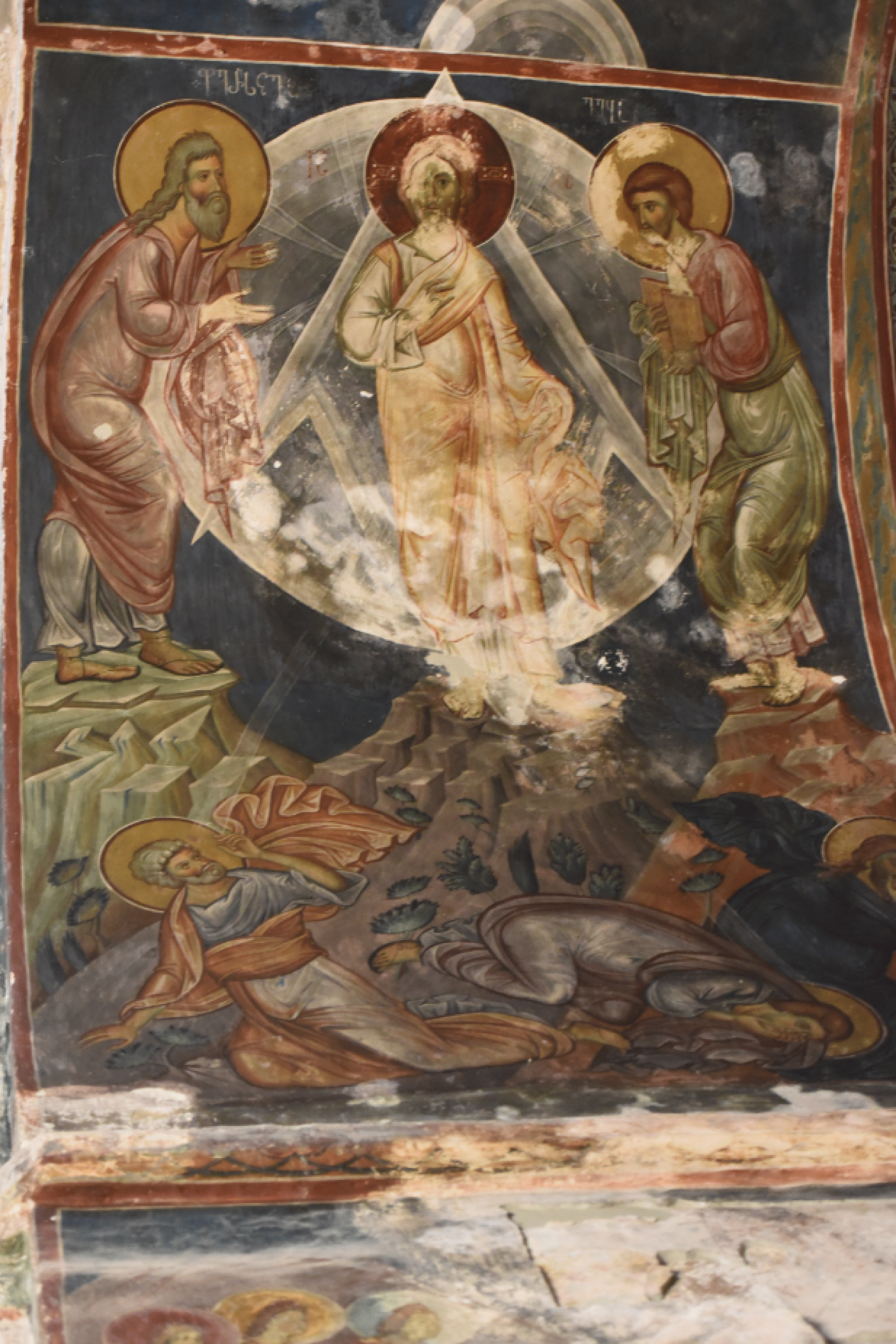Georgia Project Lecture Series
Manuela Studer-Karlen:
At the intersection of text, rite & image: Some considerations on the churches in the Samtskhe-Javakheti region
Aesthetics, Art, and Architecture in the Caucasus Lecture Series Part II
In collaboration with the George Chubinashvili National Research Centre for Georgian Art History and Heritage Preservation

The hierostrategos and founder of Iviron Monastery, the Athonite monk Tornike (c. 920-985), was the son of George Chordvaneli, the patron of Zarzma Monastery. In the 10th century, this relationship contributed to the dissemination of religious texts translated by Euthymios the Athonite and other erudite Georgian monks. In Georgia, these interactions are still reflected in the 14th-century painting programmes which are exemplary of the tendency in the Palaiologan period to decorate churches with cycles linked to liturgies and rituals of relevance to the church in question. Apart from a series of enigmatic images and depictions of specific saints, the detailed Mariological cycle and the dramaturgy of the Passion and Resurrection scenes are particularly striking. These iconographic peculiarities point to certain liturgical and religious circumstances of the second half of the 14th century. They reflect the mystical current of the time, anticipating the influence of Hesychastic concepts. In this paper, special attention will be paid to the question of how decoration and furnishing related to the spatial structure and whether the disposition of the images fulfilled a liturgical function. The focus is the church of St Sabas in Sapara (1310s-1345) and the church of the Transfiguration in Zarzma (second half of the 14th century). The churches bear witness to the power of aristocratic families in south-western Georgia, who benefitted under the Mongols. Characteristic of such programmes is the increased use of founders’ portraits.
Manuela Studer-Karlen is a Swiss National Science Foundation (SNSF) professor at the University of Bern. Her research has been funded by fellowships from Dumbarton Oaks, Washington, D.C., SNSF, and the Alexander S. Onassis Foundation, among others. She is the recipient of the 2017 Franz Joseph II Liechtenstein Prize (University of Fribourg) for her habilitation work on Christ Anapeson. Her research centres on the history of visual-cultural processes in late antiquity and the interactions among text, image, and space in Byzantine churches.
24 maggio 2022, ore 15:00
This event will take place online.
To participate please register in advance via Zoom:
https://zoom.us/meeting/register/tJYoc-GsqjkjHdzvkjHiLLllcD8rYVj8Qema
After registering, you will receive a confirmation email containing information about joining the meeting.
Avviso
Questo evento viene documentato fotograficamente e/o attraverso riprese video. Qualora non dovesse essere d’accordo con l’utilizzo di immagini in cui potrebbe essere riconoscibile, da parte del Kunsthistorisches Institut in Florenz a scopo di documentazione degli eventi e di pubbliche relazioni (p.e. social media) la preghiamo gentilmente di comunicarcelo.


